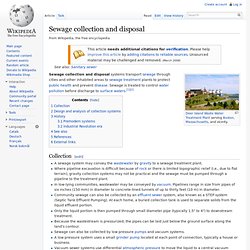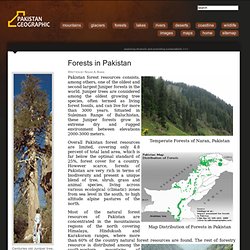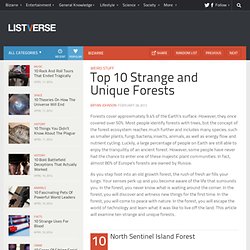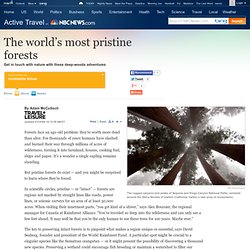

Large Home Tree / Ignatov Architects. Architects: Ignatov Architects Location: Varna, Bulgaria Client: George Bonin Project Area: 780 sqm Project Year: 2006-2010 Photographs: Courtesy of Ignatov Architects Commissioned by the well-known art supporter and successful businessman George Bonin and developed by the New York based firm Ignatov Architects, the Home Tree concept is an attempt for defining contemporary, adaptable rural architecture.

Its strategy is based on learning from existing trees on site recognizing their natural optimization for the given location and climate. The aim is to align architecture with nature and deliver site-conscious, clean, energy-independent and feasible buildings. In opposition to the Treehouse typology, which presents parasitic dwellings burdening existing trees, the Home Tree concept focuses on developing free-standing, tree-inspired architecture. Besides the usual residential program, each Home Tree house consists of three integral parts that parallel actual trees:
Sewage collection and disposal. Sewage collection and disposal systems transport sewage through cities and other inhabited areas to sewage treatment plants to protect public health and prevent disease.

Sewage is treated to control water pollution before discharge to surface waters.[1][2] Collection[edit] Design and analysis of collection systems[edit] Design and sizing of sewage collection systems considers population served, commercial and industrial flows, flow peaking characteristics and wet weather flows. Combined sewer systems are designed to transport both stormwater runoff and sewage in the same pipe. Separate sanitary sewer systems are designed to transport sewage alone. Although separate sewer systems are intended to transport only sewage, all sewer systems have some degree of inflow and infiltration of surface water and groundwater, which can lead to sanitary sewer overflows.
A sewer bed is a piece of land typically used by a municipality for the dumping of raw sewage. History[edit] Premodern systems[edit]
Eco Tourism Development In Pakistan. Shogran, the beautiful place is situated at 7750 feet above the sea level.

The beautiful area is about to be limited. It at the walking distance of 1 hour from Balakot. The rolling ways gives the wonderful look to Shogran. The way between the Kewai and Shogran can be covered by walk or by any transport. Except the big vehicles all the 4 wheels go to Shogran. Here is a beautiful rest house, several shops and restaurants are present. The people who paid visit to the Balakot they must view the Shogran too. the beautiful and wonderful naturalistic sights of Shogran plays the magical trick to the human so that he cannot retain his breath. This beautiful place is an example of natural beauty.
Whereas in the winter season its too chill and cool and snowfalls. Thousands of tourist who visits Kaghan never returned to their homes without paying the visit to Shogran. When to go All over the year you can go to Shogran. How to reach Shogran is 34 km away from Balakot. Where to stay What to Eat. Www.ijbbb.org/papers/45-B075.pdf. Forests in Pakistan. Written by Nisar A.

Khan Temperate Forests of Naran, Pakistan Pakistan forest resources consists, among others, one of the oldest and second largest Juniper forests in the world. Juniper trees are considered among the oldest growing tree species, often termed as living forest fossils, and can live for more than 3000 years. Situated in Suleiman Range of Baluchistan, these Juniper forests grow in extreme dry and rugged environment between elevations 2000-3000 meters. Map Distribution of Forests in Pakistan Overall Pakistan forest resources are limited, covering only 4.8 percent of total land area, which is far below the optimal standard of 25%, forest cover for a country. Most of the natural forest resources of Pakistan are concentrated in the mountainous regions of the north covering Himalaya, Hindukush and Karakoram ranges, where more than 60% of the country natural forest resources are found.
Top 10 Strange and Unique Forests. Weird Stuff Forests cover approximately 9.4% of the Earth’s surface.

However, they once covered over 50%. Most people identify forests with trees, but the concept of the forest ecosystem reaches much further and includes many species, such as smaller plants, fungi, bacteria, insects, animals, as well as energy flow and nutrient cycling. The world’s most pristine forests - Travel - Active Travel. Forests face an age-old problem: they’re worth more dead than alive.

For thousands of years humans have slashed and burned their way through millions of acres of wilderness, turning it into farmland, houses, cooking fuel, ships and paper. It’s a wonder a single sapling remains standing. But pristine forests do exist — and you might be surprised to learn where they’re found. In scientific circles, pristine — or “intact” — forests are regions not marked by straight lines like roads, power lines, or seismic surveys for an area of at least 50,000 acres. When visiting their innermost parts, “you get kind of a shiver,” says Alex Boursier, the regional manager for Canada at Rainforest Alliance. The key to preserving intact forests is to pinpoint what makes a region unique or essential, says David Seaborg, founder and president of the World Rainforest Fund.
To visit such areas, you don’t have to venture to the ends of the earth (though it often helps).